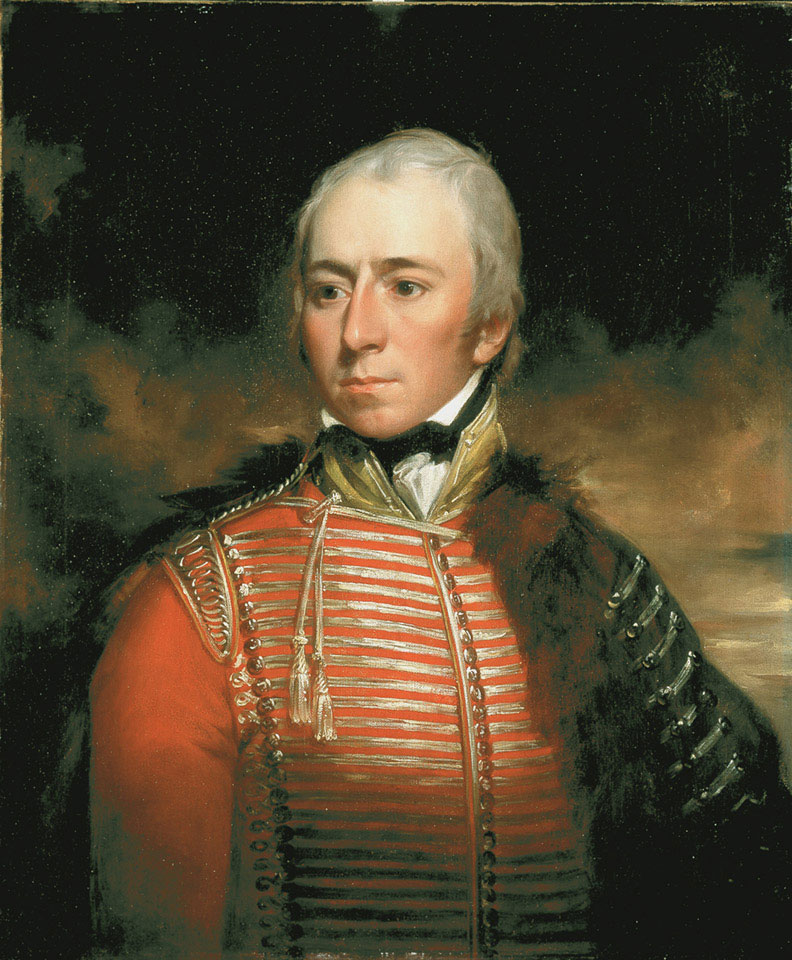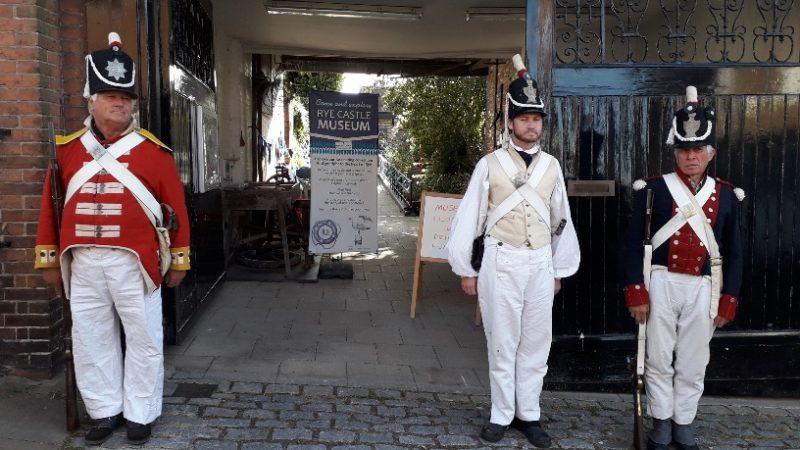Visitors to Rye Museum during its 90th birthday celebrations last month might have been surprised to be received by three soldiers from the Napoleonic wars – in fact re-enactors who recreate events from history, in this case, Rye’s volunteer infantry.

Originally raised during the early part of the French Revolutionary Wars, after the revolutionary government in France had declared war on all European monarchies in 1794, many units across the country had been formed from volunteer enlistment and ready to be called up for immediate service, put on army pay and then disbanded when the emergency was over. They remained in civilian life but gave up time to train to meet any military threat – an18th-century version of today’s Territorial Army.
The then Prime Minister, William Pitt, was appointed Lord Warden of the Cinque Ports in 1793 and, realising the threat from France, took immediate steps not only to increase the size of the country’s standing army but also to authorise the formation of this new volunteer force. He was particularly keen to ensure the safety of Dover and other nearby ports that were within easy reach of the revolutionaries across the English Channel.
In Rye, one of the prominent families at that time was the Lamb family and 18-year-old Thomas Lamb had already been appointed Captain in the Cinque Ports Fencible Cavalry (commissions in those days were obtained either by influence or payment, or both) so it fell to his father to raise a troop of Gentlemen Yeomanry (disbanded a few years later) and a cousin, Thomas Philips, to raise and command Rye’s Volunteer Infantry.
Moving forward more than 200 years, a small part of Rye’s long history is brought to life by the re-enactment movement.
Footnote: Thomas Lamb became Colonel of 3rd Battalion Cinques Ports Volunteers in 1803, aged 28, was MP for Rye from 1802 to 1806 and served as Mayor of Rye three times between 1803 and 1817.
’
’
’
’
Photos: main photo Heidi Foster, painting of Thomas Lamb, National Army Museum



